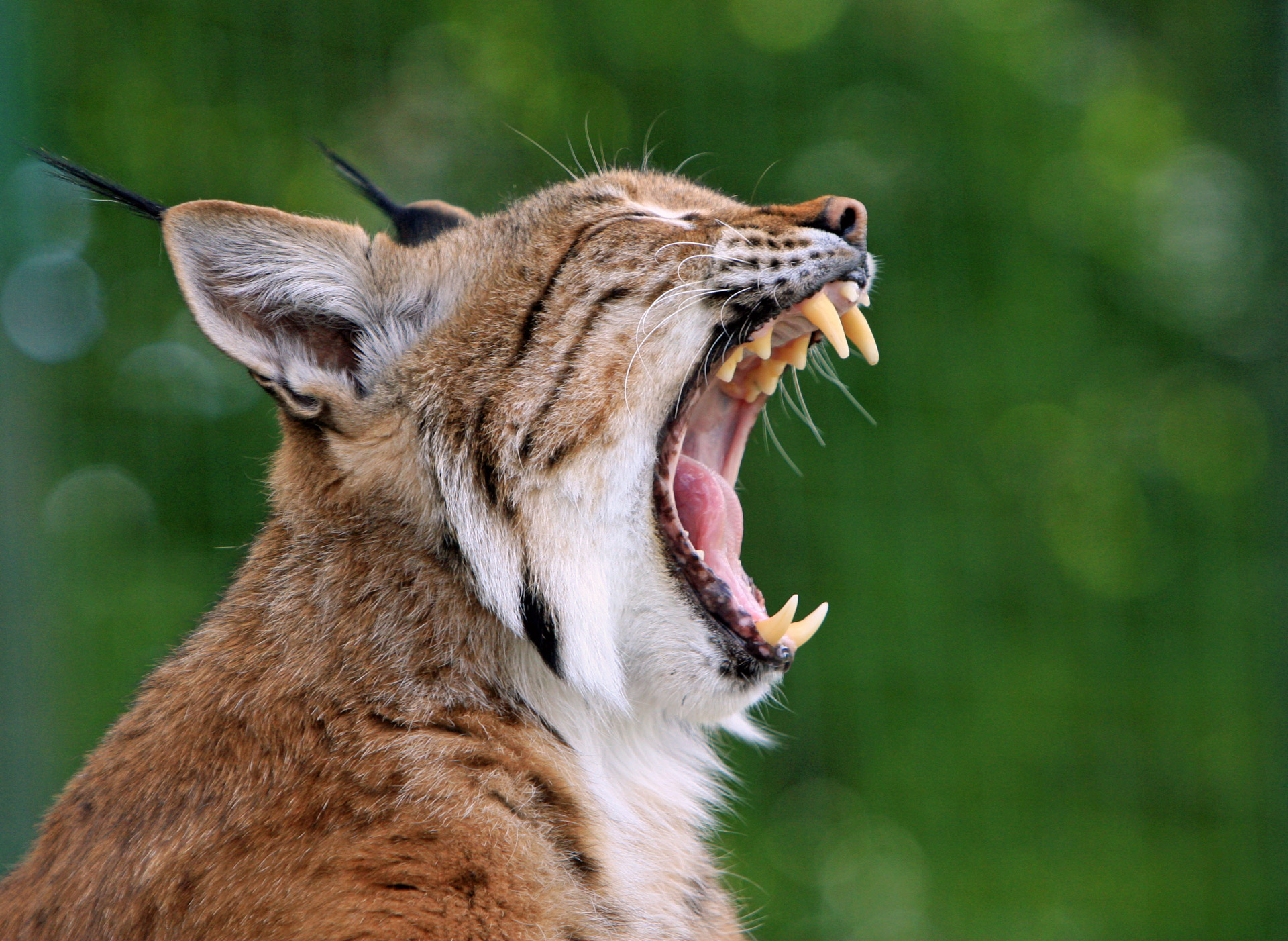
Lynx rufus, otherwise known as the bobcat, is a feral cat native to Ohio.
Bobcats, however, are hard to spot statewide, because they are solitary and territorial animals. But Suzie Prange, a Wildlife Research Biologist for the Division of Wildlife, says that Southeast Ohio is a “real hotspot” for bobcats. “Their main range is Southeast Ohio, from Guernsey down to Scioto,” she says, adding that the best area to spot bobcats is in Noble County. “We’ve got a really dense pocket centered around Noble County and eastern Ohio.” Prange says that though Noble and surrounding counties are the most densely populated areas for bobcats, there are also pockets of bobcats in Athens and Vinton counties.
History of Bobcats in Ohio
Bobcats have made quite the comeback in Ohio. According to the Ohio Division of Natural Resources Division of Wildlife, bobcats used to roam across the state and were seen often. That took a change for the worse. By 1850, too many human inhabitants had settled in Ohio and the species was nearly driven out of the state. The bobcats’ decline was slow but steady until they were placed on Ohio’s first endangered species list in 1974.
Since then, bobcat population has rebounded, with sightings becoming more frequent each year. In 2012, they were moved from the endangered species designation and given a threatened species designation. Then in 2014, just two years later, bobcats were removed from the threatened species list altogether. There were a record amount of sightings in Ohio in 2013, with 200 verified sightings of bobcats—up from 169 in 2012.
Forest Management Brings Back the Bobcat
Early succession is one of the reasons for the return of bobcats to Ohio. Early succession is when forests are cut to help create new forests that are more dense and verdant. Prange has seen early succession help keep the bobcat population on the rise. “Bobcats are forest species in Ohio, but they do need openings,” she says, explaining that they need more cover to hunt or to be protected while they have their young. Brushy places also tend to have more prey species like rabbits and other small mammals.
A 2010 survey about forest resource assessment found that Ohio was losing its young brushy habitat. Nate Jester, Southern District Manager for ODNR, said that this habitat is important for Ohio. “That young component is a critical habitat type that a lot of different species are dependent upon,” Jester says. “[That forest has] ground-dwelling food basically for predatory species including the bobcat.” Forest management allows ODNR to keep Ohio forests healthy. It’s a sort of harmonious ecosystem, good for land, communities, and a flourishing population of Ohio bobcats.
For more information, visit the ODNR Division of Wildlife’s website for more information.
